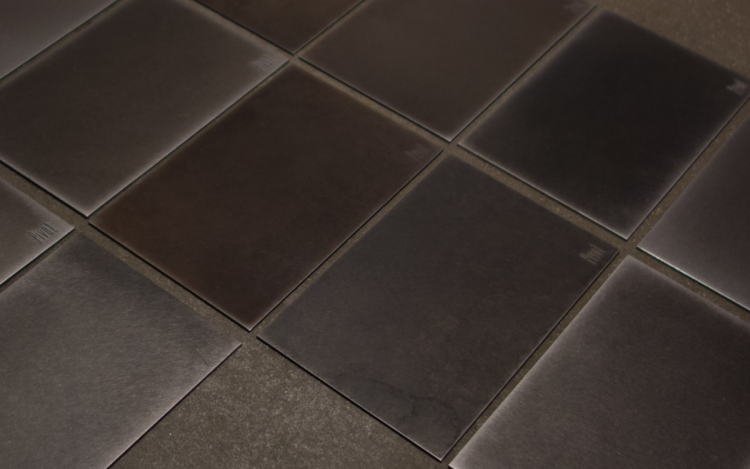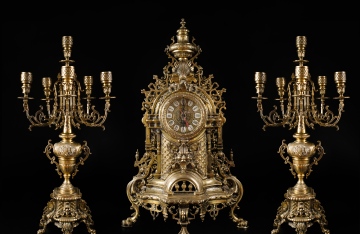Metal is the preferred material for many different applications where strength and durability are of the utmost concern. Some materials, natural and synthetic, have replaced most metals in certain applications. It’s not common to find metal as the primary material for electronics or furniture anymore. However, it is common in industrial settings and automobile settings. Metal has one serious drawback though: corrosion. Metal can corrode in the presence of chemicals that harm it, or in the presence of moisture in the air. Ferrous metals, those containing iron, oxidize in the presence of oxygen, typically, this occurs if they get wet but it can also occur due to moisture in the air. Furthermore, even nonferrous metals can corrode due to many different factors. This corrosion tends to undermine the strength and integrity of the metal. If interior elements of a piece of machinery are corroding, you might not even know you’re in danger.
For example, if the nuts, bolts, and welds that hold your automobile’s frame together begin to rust and weaken, you could be in serious danger and not know it. Blacking the steel will protect it from that possibility.
What is Blacking?
Blacking is an old process that has been revitalised for the 21st century. Essentially, the engineers apply a chemical bath to steel that changes the chemical composition of the surface. It also turns the steel black, hence the name. Cold blackening steel is an efficient process that protects from corrosion and rust at a fraction of the price of painting or lacquering the steel. It also hits every nook and cranny in the construction so that the protection is complete.
Blackening has other advantages beyond just creating a barrier to rust and corrosion.
Other Advantages
Blacking steel turns the steel black, which cuts down on any possible glare. Instead of the shimmering of new steel, it will be subdued. That reduces the amount of glare that comes off the metal, which reduces the amount of eyestrain. The reduction in fatigue is particularly useful in industrial settings, and auto shops, where fatigue can lead to serious accidents. Since black steel isn’t as stressful, mechanics can work safely for longer. Also, black steel does not reflect sunlight as much as a shiny steel would, which will help reduce the temperature in the room without ever turning a thermostat.
Blacking steel is an energy-efficient and cost-efficient way to reduce the risk of corrosion and rust to your steel. It also serves to cut down on the danger of fatigue to mechanics and industrial employees as well, as the amount of heat that invades their workspaces is reduced.
Aesthetics
While the functional elements of blackened steel are most important, the aesthetic elements are important as well. Black steel is often considered very aesthetically appealing, especially in automobile markets. Furthermore, other materials can be blackened or antiqued. Brass is a common example. Blacking steel or antiquing brass can be used to make something look old, a method that can be used to get quality antiques without actually having to pay antique prices, or risk damaging an authentic antique.




